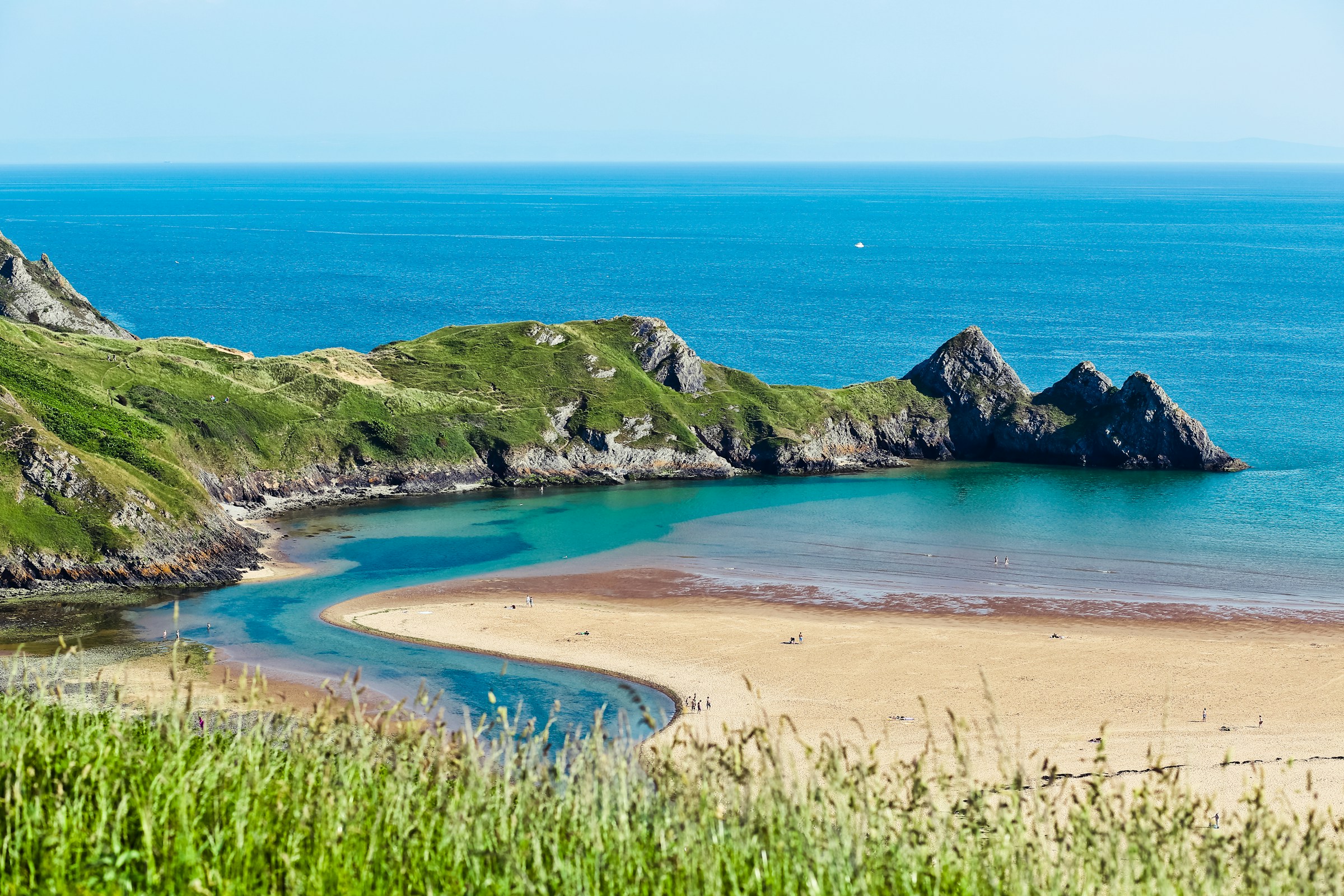Swimming in the vast and beautiful beaches of Wales can be a thrilling experience. However, in the midst of the fun and adventure, it is critical to consider your safety and that of others. With the Welsh coastline stretching over 800 miles, there is an abundance of beaches to explore. Each beach has its own unique characteristics, and as such, understanding the potential hazards and implementing safety measures is essential. Here, we explore some crucial safety tips to ensure your beach swimming experience in Wales is not only memorable but also safe.
Understanding the Water Conditions
Before you dive into the enticing waters, it’s crucial to understand the conditions you’re about to plunge into. The sea may appear calm and inviting, but beneath the surface could be strong currents waiting to sweep you away. Hence, checking the water conditions should be your first step before swimming.
Avez-vous vu cela : Where can you attend a traditional tea ceremony in London?
Checking for Rip Currents
Rip currents are powerful, narrow channels of fast-moving water flowing away from the shore. They are a common occurrence in many beaches and can pose a significant danger to swimmers. It’s essential to familiarise yourselves with the signs of rip currents. Look out for patches of water that seem to be moving in a different direction from the rest. These areas may appear darker, with fewer breaking waves. If you find yourselves caught in a rip current, don’t try to swim against it. Instead, swim parallel to the shore until you’re out of the current, and then head for the beach.
Understanding the Tidal Changes
The sea is not a static entity. It’s a living, breathing system affected by the moon’s gravitational pull that results in tidal changes. Tides can dramatically alter the water depths and distances from the shore. It’s crucial to check the local tide times before venturing into the sea. Swimming during low tide is generally safer as the water is shallower, and the sea is calmer.
A lire également : What is the most efficient transportation from Heathrow to the London Eye?
Familiarising with Beach Safety Signs and Flags
Once you’ve understood the water conditions, the next step is to familiarise yourselves with the beach safety signs and flags. These signs are put up to guide you about the safety conditions of the beach on a particular day.
Beach Safety Signs
These signs provide valuable information about the beach rules, potential hazards and facilities available. They could include warnings about dangerous sea creatures, strong currents or sudden drop-offs. Additionally, they provide information about lifeguard services, first aid, and other facilities.
Beach Flags
Flags are used to indicate the swimming conditions on the beach. A red flag means the sea conditions are dangerous and swimming is not advised. A yellow flag indicates that swimming is permitted, but caution is required. A green flag signifies that the sea conditions are safe. Remember, no flag doesn’t imply safety. If there are no flags, it could mean there are no lifeguard services available.
Cold Water Shock and Hypothermia
Swimming in Wales can be an exhilarating experience, but the water can be colder than you expect, even in the summer. Cold water shock and hypothermia are two potential dangers associated with swimming in cold waters.
Cold Water Shock
When you plunge into cold water, your body’s initial reaction is a gasp reflex, which can lead to breathing in water if you’re submerged. This is followed by hyperventilation, muscle spasms and an increase in heart rate and blood pressure. It’s best to acclimatise yourselves to the water temperature gradually to avoid cold water shock.
Hypothermia
Long periods in cold water can lead to hypothermia, where your body loses heat faster than it can produce, causing a drop in body temperature. Signs of hypothermia include shivering, tiredness, cold and pale skin, and slow and shallow breathing. If you notice these symptoms, get out of the water immediately and seek help.
Supervising Children
Lastly, if you’re at the beach with children, supervising them is absolutely vital. Children are naturally drawn to the water and may not be aware of the dangers it could pose.
Educating Children
Teach your children about water safety. Explain the meaning of beach safety signs and flags and the dangers of rip currents and cold water shock. Make sure they understand the importance of swimming within their depth and never venturing into the water alone.
Keeping a Watchful Eye
Even if your children are competent swimmers, never let them out of your sight. Drowning can occur quickly and silently. It’s also a good idea to set boundaries for where they can and can’t go.
The beaches of Wales are wild and wonderful, offering you an unparalleled swimming experience. By keeping these safety tips in mind, you ensure that your beach adventures are safe, leaving you with the best memories of the Welsh seaside.
Recognising the Unique Aspects of Open Water Swimming
Open water swimming, especially in the diverse and picturesque beaches of North Wales, carries a unique set of challenges and hazards that you may not usually encounter in a standard swimming pool. From varying water temperatures to unexpected currents, it’s essential to be well-prepared and informed when venturing out into the open seas.
Variations in Water Temperature
One of the key differences between swimming in a pool and open water swimming is the water temperature. Unlike pool water, which is usually maintained at a comfortable and consistent temperature, sea water can fluctuate significantly. Even in the summer months, the water can be much colder than expected. It’s important to remember that prolonged exposure to cold water can lead to hypothermia. Therefore, it’s highly advised to wear appropriate swimming gear, like a wetsuit, to help maintain your body temperature.
Unpredictable Currents and Waves
The sea is a dynamic environment, constantly changing with the weather conditions. Waves and currents can alter dramatically without much warning. This can affect your ability to swim or even keep afloat. Hence, it’s essential to stay vigilant and regularly assess the water conditions. If you notice that the waves are getting stronger or the current is picking up, it might be safer to leave the water and return another time.
In Case of an Emergency
Despite taking all possible precautions, accidents can still happen. In such cases, it’s crucial to stay calm, assess the situation, and call for help immediately.
How to Call for Help
If you or someone else is in danger, don’t hesitate to call for help. Use your whistle if you have one, or wave your arms to attract attention. In the UK, the emergency services number is 999 or 112 from a mobile. Inform them that you are at the beach and describe the situation in detail.
Knowing Basic First Aid
Knowing some basic first aid can also come in handy during emergencies. It could be as simple as knowing how to treat a jellyfish sting or as complex as performing CPR. Consider taking a basic first aid course before engaging in outdoor swimming activities.
In conclusion, swimming in the beaches of Wales can be an unforgettable experience if done safely. By understanding the water conditions, familiarising oneself with beach safety signs and flags, recognising the unique aspects of open water swimming, and knowing what to do in an emergency, you can ensure a safe and enjoyable day at the beach. Remember, safety should always be your top priority when taking part in any water-related activities. Stay informed, stay vigilant, and most importantly, stay safe.











